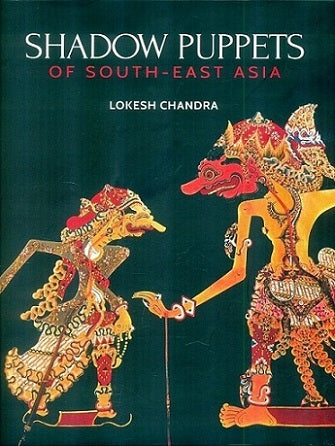Shadow puppets of South-East Asia
Shadow puppets of South-East Asia is backordered and will ship as soon as it is back in stock.
Couldn't load pickup availability
Genuine Products Guarantee
Genuine Products Guarantee
We guarantee 100% genuine products, and if proven otherwise, we will compensate you with 10 times the product's cost.
Delivery and Shipping
Delivery and Shipping
Products are generally ready for dispatch within 1 day and typically reach you in 3 to 5 days.
-
Publisher: ADITYA PRAKASHAN Indological Publishers & Booksellers
-
Language: English
-
Edition: 2025
-
Binding: Hardbound
-
Subject(s): Indological Studies, Epics
-
ISBN 13: 9788198236852
-
ISBN 10: 8198236856
About the Book
This extensive collection showcases the shadow puppets of the Wayang from Indonesia, reproduced from the 36 fascicules of Serat Padalanan Ringit Purva published a century ago. These original works were presented to Professor RaghuVira by President Soekarno of Indonesia in 1951. Wayang is a visual and theatrical form that beautifully depicts episodes from the Mahabharata, Ramayana, and other Javanese compositions, creating an entrancing ambience in the royal courts of Java. According to a Javanese legend, the gods once cast their shadows on a white screen, giving birth to Wayang. This book highlights the shadow puppets used in the portrayal of epic tales, including Bharatayuddha, Arjuna-wiwaha, and Panji romances, as well as Indonesian historical legends such as Damarwulan, Gajah Mada, Dipanagara, and Kartini.
With a long introduction covering the history, philosophy, sacred rites, themes, and aesthetics of shadow theatre, this book offers a comprehensive exploration of the art form's evolution over the last thousand years. The text also features a comparative study between the shadow puppets of Andhra and Orissa with Indonesian Wayang, highlighting significant aspects of the performing arts. The book presents a jewel-like presentation of this ancient theatrical idiom, cultivated by unlettered minds over centuries, blending cultural sophistication with the vibrancy of traditional performance.





